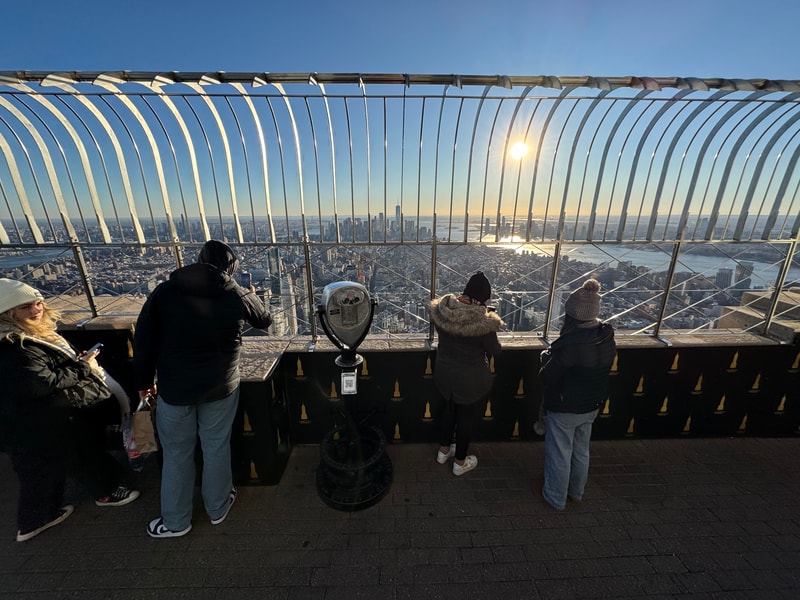Remember when there was a high season and a low season?
Those concepts are now as antiquated as silent films or Napster. Today, prices for all sorts of attractions—observation decks, museums, ski resorts, and more—are shifting hourly, with the help of AI.
Consequently—and alarmingly—it's now near impossible to figure out price ranges for tickets at many attractions' websites.
I discovered this brave new world of booking while doing research for the 2026 edition of the Frommer's guidebook for New York City (which will be out in the fall). When I tried to pin down the entry fees for the Rockefeller Center skating rink, the Empire State Building, the Museum of Broadway, Circle Line Sightseeing Cruises, and dozens of other attractions, I found that exact prices were no longer listed on websites alongside operating hours.
Instead, the traveler is asked to enter a date and time of day for a visit, after which the price only for that specific time period surfaces. Nowhere on most of the sites I looked at was it stated that prices varied by hours of the day, days of the week, weeks in the month, and months of the year.
There are now a mind-boggling array of prices for each attraction.
In an effort to help Frommer's readers, I ended up spending a good 10 hours this year just clicking around the purchase sections of websites for NYC attractions, creating a spreadsheet of what I found and looking for patterns so I could better advise readers of the upcoming book—and this website.
Key Takeaways About Buying Tickets in the Dynamic Pricing Era
All that checking wasn't superfluous, either. The price differences were significant—I'm talking a $15–$20 difference between visiting first thing in the morning (almost always the cheapest time, especially for observation decks) and during sunset or other peak hours.
Turns out Tuesday is the cheapest day of the week to sightsee, with prices spiking over the weekend (Friday, Saturday, and Sunday) and on Monday. That last bit surprised me. I guess more folks are expanding long weekend stays to include the week's first workday.
I also looked at different sightseeing pass systems to find how they're dealing with the new norms of pricing.
CityPass now offers different levels of passes, some of which feature prime-time entry (the Empire State Building at sunset, for instance). Other levels of the pass require visitors to go in "off" hours.
If you opt for the Go City pass, a supplemental fee may be required to see the attraction during high visitation hours, and many attractions require advance bookings from pass holders.
Bottom line: If you thought creating a vacation budget was difficult before, it just got exponentially worse. Thanks to AI's ability to scour historic buying data and slice-and-dice it down to the hour of each day, travelers across the globe will soon be charged the highest price for tickets that the bots have determined the market will support.
Which may mean we have to shift our thinking about itineraries, scheduling the most popular attractions at the least popular times. And the current state of affairs should make relying on Frommer's guidebooks—which don't just tell you where to go, but give you strategies for saving—a smarter buy than ever before.



